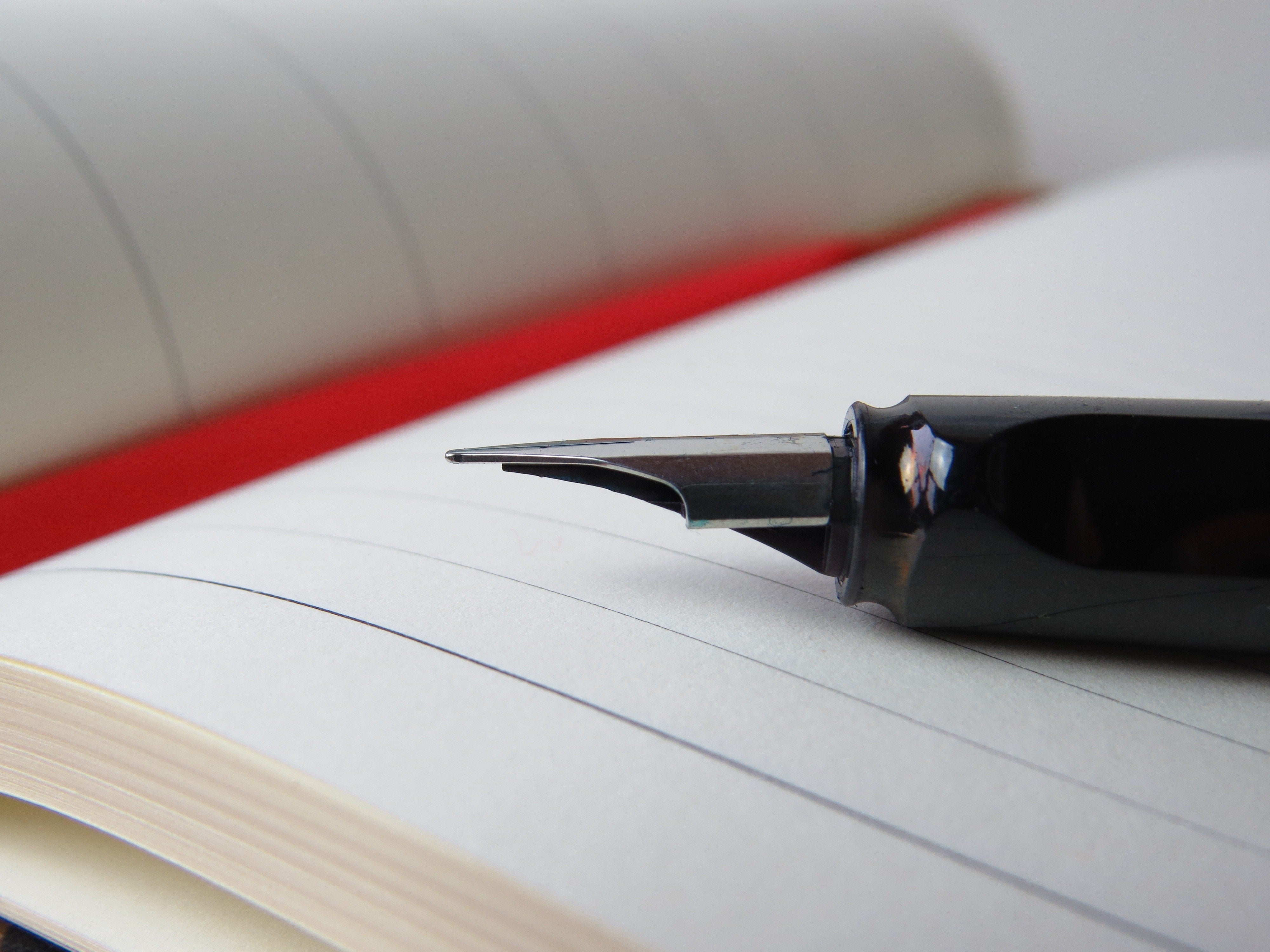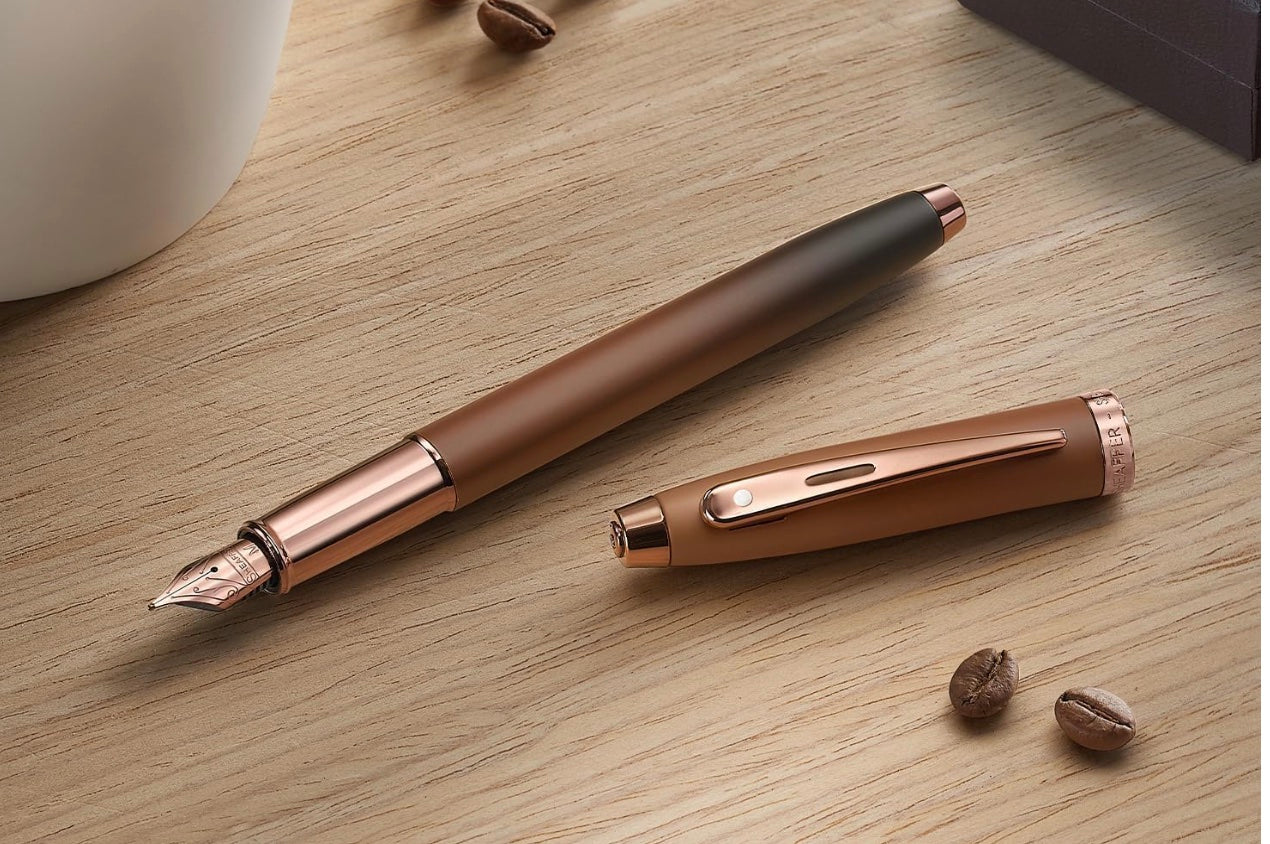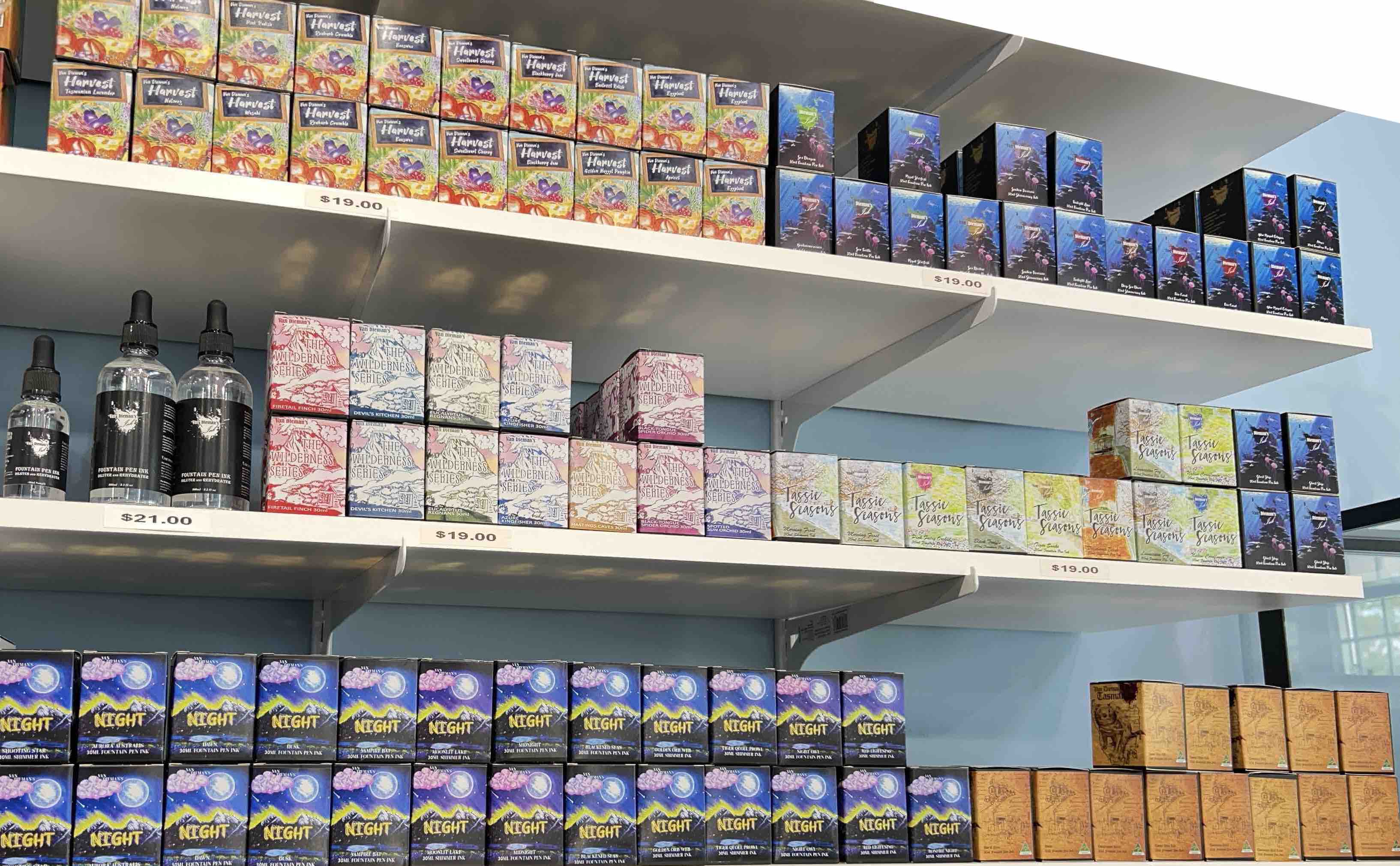How Does a Fountain Pen Work?

How Does a Fountain Pen Work?
Fountain pens are works of art; we can all agree on that. Other than the most hardcore fountain pen aficionados, not many people appreciate the science behind how fountain pens work. If you’re interested in learning how fountain pens work, you’ve come to the right place. In this article, we’ll take a deep dive into the different components that make up a fountain pen and how they work together to give you a smooth writing experience that other types of pens cannot.
Parts of a Fountain Pen
How the fountain pen evolved into the instrument as we know it will fill a book. To keep things simple, we’ve described the main components of the modern fountain pen.
- The Nib: The delicate metal part of the fountain pen that connects to paper while writing is known as the nib. Take a close look at the nib and you’ll notice that the lower half has a slit in it that divides the tip into two tines. There is also a hole where the split starts called the breather hole.
- The Feed: This unassuming part of the fountain pen is extremely important. The feed is attached directly to the nib and looks like a visible set of grooves or fins just beneath the nib. The feed is the black/grey part with twines that goes into a housing accompanied by the nib.
- The Feed House or Grip: This is the part of the pen that holds the feed and nib together. In some pens it is also the same part that you hold while writing while in others there is an additional external casing over the feed house.
- The Reservoir: This is where the fountain stores its ink. There are different types of reservoirs including refillable ink converters and disposable ink cartridges.
- The Barrel: The long body of the fountain pen that houses the reservoir is called the barrel.
- The Cap: The cap is the part of the fountain that protects the nib when not in use. It often comes with a handy clip so you can store your fountain pen safely in your pocket or special pen compartment in your purse.
How Does a Fountain Pen Work?
To put it extremely simply, ink flows from the reservoir, through the feed, and into the nib and leaves a mark when touched to paper. However, there’s a lot more to it than that, otherwise there would be ink flowing out of the nib every time you held your fountain pen with the nib pointing downwards. The flow of ink needs to be precisely controlled. This precise flow is due to three forces – air pressure, gravity, and capillary action.
Air Pressure:
The easiest way to explain how air pressure works in a fountain pen is to think of a water bottle. Fill it up, put the lid on and make a small hole in the top of the lid. Hold the bottle with the lid facing the floor and you’ll notice that despite the little hole in the lid, water doesn’t drip through (or very little does). This is because of natural air pressure pushing up against the hole, keeping the water in.
In essence, there are two opposing forces – the air trying to rush in and the water trying to come out. Similarly, in a fountain pen, the ink flow is controlled by letting just the right amount of air in so that the ink can flow out.
The fins/twines in the feed determine how much air is let in along with the little hole on the nib.
Gravity:
Well, this is pretty self explanatory. The weight of the ink causes it to flow downwards when the pen is held at an angle for writing.
Capillary Action:
So, gravity helps the ink flow downwards and air pressure determines how much ink is allowed through. Instead of the ink flowing willy-nilly over the nib, the path of its flow is determined by capillary action.
Capillary action occurs when liquid is drawn through a small space, like a narrow tube. This happens as many liquids like to adhere to walls of a solid and liquid molecules like to stay together (a phenomenon called cohesion). So, the narrow slit in the ink and one in the feed acts as the tube to draw the ink through and as ink is deposited on paper, more molecules are dragged through for that lovely flowing writing action we love so much.
Blesket Canada
Blesket Canada has a wide range of fountain pens, liquid inks, and cartridges at great prices. Shop them on our online store today!




Comments